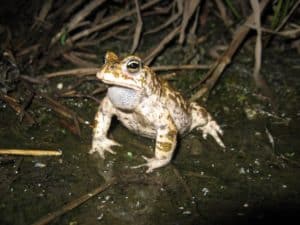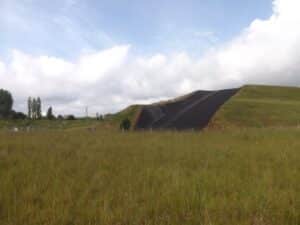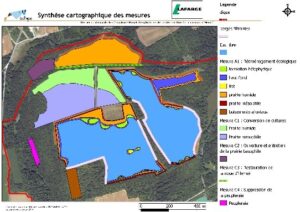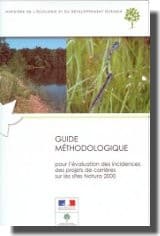Mining industry
- Home
- Our offers, your areas of activities
- Areas of activity
- Mining industry
Mining projects must use an environmentally respectful approach
Recent changes to environmental regulations and social expectations weaken mining projects and the installation of inert waste storage in terms of regulatory, legal and financial risks.

At the same time, these developments offer new opportunities for the projects, in particular in promoting the ecological potential of your sites.
Biotope has experience with more than 430 references in mining areas. We work alongside mining companies to help them take environmental issues into account and apply them throughout the mine’s entire life cycle: biodiversity inventory, regulatory file including the operating permit application package, definition and implementation of your impact compensation strategy, rehabilitation and restoration plan.
By integrating each of the steps of the “Avoid, Reduce and Compensate” sequence and the rehabilitation phase, we help you seize these new opportunities to promote your natural assets and finance biodiversity.
Ecological diagnosis of the PCUK site and the Triangle of Leers
The European metropolis of Lille commissioned us to perform a flora-fauna-fungus diagnosis to determine the ecological value of the PCUK-Triangle of Leers site and regulatory constraints should facilities be considered within the immediate study area. The expertise concerning the fungus was conducted by the Société Mycologique du Nord de la France (SMNF).
The immediate study area consists of a mosaic of habitats, some of which are of significant (wetlands) or very significant (bulrush beds) interest. With regard to fungi, the SMNF highlighted the presence of rare and sometimes unknown species in the region. The areas of importance are the phosphogypsum tip and prairie wetlands (and willow stands) west of the immediate study area. Four heritage species of fauna were observed including one protected species in Nord-Pas de Calais. A number of invasive non-indigenous species were also found. As regards wildlife, the main concerns are nesting birds (medium) and bats (also medium). Many protected species have been observed.
Consequently, the proposed requirements aim to avoid any impact on protected flora and fauna (work phasing, marking of sensitive areas, site monitoring by an ecologist, etc.). Other measures have also been recommended to improve the ecological quality of the site. These involve management (fighting invasive foreign plant species, waste management, etc.) and monitoring recommendations.
Alluvial quarry project in Bassée
In the mid-2000s, Lafarge Granulats France committed to consult with local stakeholders to define a sandpit exploitation project in BasséeFrancilienne in Hermé. Given the known environmental issues in this area (Natura 2000 sites, nearby national natural reserve, etc.), an ecological diagnostic was first carried out over a complete biological cycle on these two areas in order to assess their ecological sensitivity and to identify the main environmental issues to be taken into account in the definition of the project.
Lafarge Granulats France entrusted us with all fauna-flora and wetlands components for the regulatory files necessary to obtain authorisations for the operations. The studies were conducted in consultation with the project owner and took into account all of the ecological issues identified during on-site prospecting to define its operational areas and implement the ERC sequence.
 We performed the following missionsfor the Ministry of Ecology, Energy, Sustainable Development and the Sea, followed by the drafting of a guide :
We performed the following missionsfor the Ministry of Ecology, Energy, Sustainable Development and the Sea, followed by the drafting of a guide :
- A comprehensive bibliographic study ;
- Broad national consultation and with the European Commission ;
- Analysis of five cases of quarries having filed an authorisation request in or near a Natura 2000 site ;
- The Biotope team drafted and formatted this methodological guide.
Natura 2000, European network of protected areas is Europe’s flagship policy in the area of biodiversity preservation. It is a sustainable development policy in that the key objective of maintaining or restoring natural habitats and species of Community interest to a favourable conservation status must be defined with local development issues. This guide concerns projects for quarries likely to have an impact on a Natura 2000 area. These types of projects clearly pose the sustainable developmentproblem of how to reconcile the preservation of nature with the need to extract materials useful to our society’s functioning.
This document is intended for all actors concerned by the exploitation and processing of construction materials with regard to Natura 2000: administrations, naturalists, scientists, offices of studies, companies, etc. When used on the ground, this guide will help local actors clearly identify issues and facilitate dialogue on objective and shared bases.